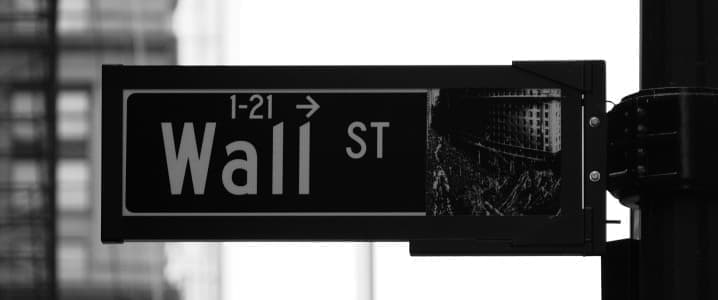Wall Street Warns of Nuclear Tech Bubble
Billions of dollars are flowing into cutting-edge nuclear technologies, from nuclear fusion experiments to small modular reactors and microreactors that backers say will catalyze a global nuclear power renaissance. But after years of buzz and successful funding rounds, these Wall Street darlings have yet to send any of their promised carbon-free energy to the grid.
In 2024, investments in advanced nuclear companies from both private equity and venture capital hit an all time high. According to S&P Global, last year’s investments “surpassed the total deal value of the past 15 years combined.” The push for next-gen nuclear energy has accelerated on the back of growing energy demand projections driven by the proliferation of AI integration.
“The single biggest driver in the paradigm shift we’re seeing right now in the power sector comes down to data centers,” Jackson Morris, director of state power sector policy at the Natural Resources Defense Council, was recently quoted by Marketplace. “Load growth for electricity that we had already forecasted is now coming 10 years sooner and five times as fast because of data centers and these facilities largely being built by the big hyper scalers like Amazon, Google, Microsoft, etc.”
In addition to the AI boost, nuclear energy startups have benefitted enormously from the political upheaval currently ensnaring renewable energy technologies. For now, nuclear power remains one of very few carbon-free energy sources with broad bipartisan support, both in the United States and abroad. In the past few months, nuclear holdouts in Europe have started to loosen nuclear restrictions and publicly adopt a more pro-nuclear stance, and the United States and the United Kingdom unveiled a new nuclear partnership. An, just this week, United States Energy Secretary Chris Wright “cast a renewed vote of confidence in cutting-edge nuclear power technology this week” according to reporting from Semafor.
However, this confidence is being undercut by some Wall Street analysts, who smell a bubble in the making. Semafor reports that “in general, the hysteria around power demand is pushing the valuations of many newly public energy startups beyond what they will realistically be able to deliver.” Dimple Gosai, head of U.S. clean tech equity research at Bank of America, told the news outlet that “the disconnect between fundamentals and valuation is too wide to ignore.”
Oklo, a small modular reactor (SMR) startup backed by AI bigwig Sam Altman, may prove to be such a cautionary tale. While the company’s share values have fared well since its 2024 IPO, the Bank of America downgraded its rating from “buy” to “neutral” just this week. It also downgraded NuScale, another SMR startup, NuScale, from “neutral” to “underperform.”
Axios Pro has also begun to report on investors looking to make a hasty exit from the market via SPAC mergers. SPACs, sometimes referred to as “blank check companies” are shell companies with no existing assets or operations at the time that they go public, making them an ideal “escape hatch” for investors getting cold feet about next-gen nuclear startup companies who want to offload the risk elsewhere. “This is the epitome of dumping on retail investors,” a venture funder told Axios Pro.
This isn’t to say that next-gen nuclear is a lost cause. It still has enormous potential, and will likely be a critical component of the clean energy transition in coming years – but not this year. The sector must first overcome significant bottlenecks “including limited supply chains for nuclear fuel and containment vessels, and the familiar red tape for construction permitting and grid interconnection.” But while investors may have gotten ahead of themselves in terms of near-term bullishness, the policy environment is encouraging for those with a longer-term outlook. Dozens of countries have pledged to triple nuclear capacity by 2050, and startup-backed SMRs and microreactors are sure to be a significant part of that global push.








